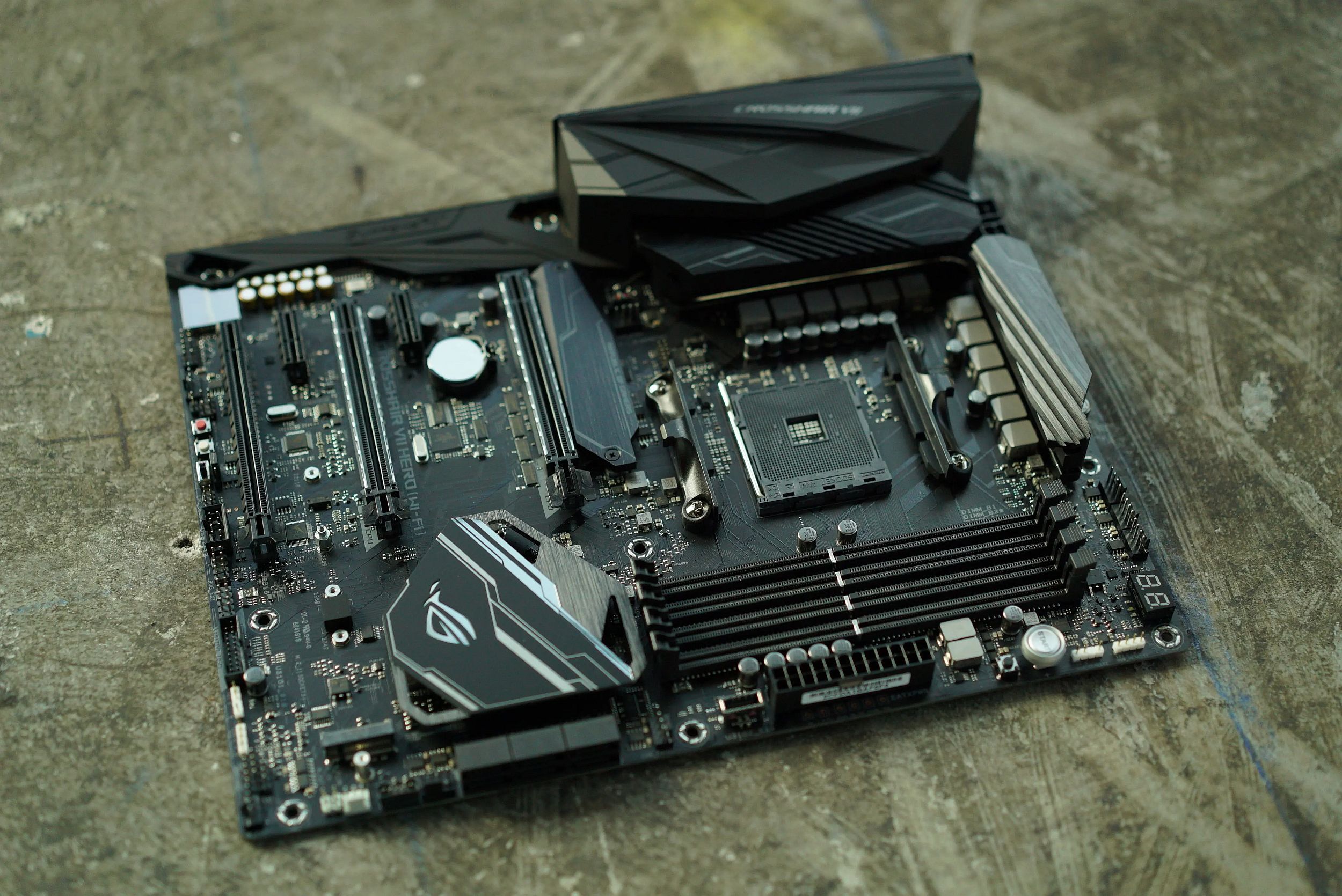
The Motherboard: A Crucial Component and Its Potential Problems
Introduction
The motherboard, the cornerstone of every personal computer, serves as the central hub connecting various components. Its significance cannot be overstated, but problems with the motherboard can manifest in various ways, making diagnosis a complex task.
Signs of Motherboard Issues
-
Failure of POST (Power-On Self-Test): POST is a routine performed at system startup to check the integrity of hardware. A failed POST may indicate a faulty motherboard, but further investigation is necessary to pinpoint the exact cause.
-
Error Messages: Errors such as "Inaccessible Boot Device" or "Defective RAM" may sometimes point to motherboard problems. Additionally, acoustic signals or blue screen codes (BSODs) can provide clues to the underlying issue.
-
Unexplained System Shutdowns: Unanticipated PC shutdowns can be a sign of motherboard issues. Ruling out other potential causes, such as overheating (via CPU temperature checks), is crucial.
-
Graphics Errors: Visual artifacts or screen anomalies may indicate a defective PCI Express slot on the motherboard. Troubleshooting by updating graphics drivers or switching card slots can help isolate the issue.
-
Overclocking Problems: Overclocking-related system crashes can also be attributed to the motherboard. Unstable overclocking or subpar VRM quality may be the culprits.
-
USB Port Malfunctions: Non-functional USB peripherals may suggest faulty USB ports on the motherboard. Testing devices in different ports can help narrow down the source of the problem.
-
RAM or Storage Issues: Problems with RAM or storage devices may have their roots in the motherboard. Strange beeping sounds at startup, slow system performance, or memory errors can be indicative of such issues.
-
Non-Functional Video Outputs: Video problems can sometimes be traced back to the motherboard’s PCI-Express slot, which may be defective rather than the graphics card itself.
-
Burning Odor: A pungent burning smell emanating from the computer can signify a severe fault in the motherboard or power supply. Immediate shutdown is essential, followed by a visual inspection for melted or burnt components.
Repairs and Replacements
While repairs are sometimes possible, replacing the motherboard is often a more straightforward solution. However, replacement decisions should be made after careful consideration of the cost vs. value proposition.
Conclusion
The motherboard’s importance in the functioning of a PC cannot be underestimated. Recognizing the potential signs of motherboard issues is crucial for effective troubleshooting. By narrowing down the problem through systematic testing and analysis, you can determine the appropriate course of action, whether it be repair or replacement, to restore your PC to optimal performance.
